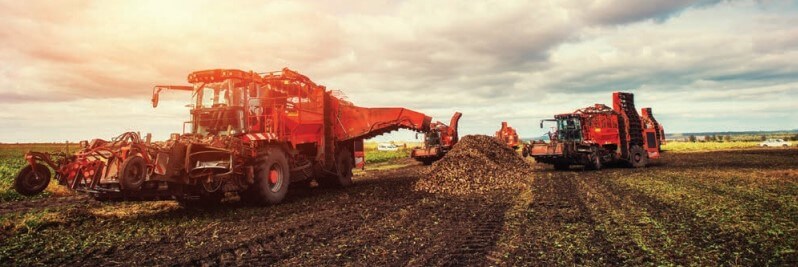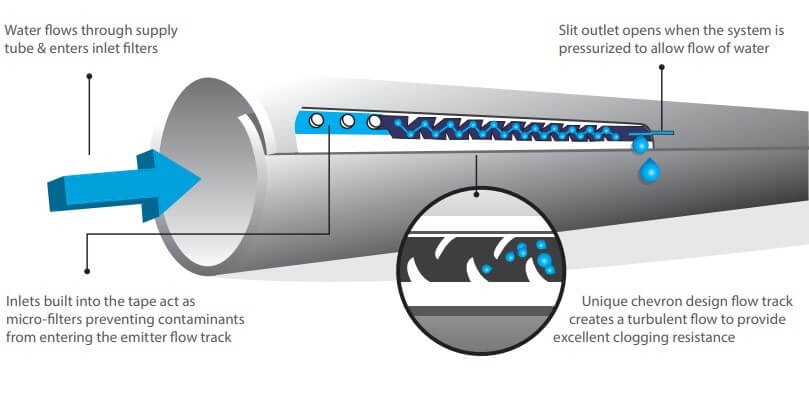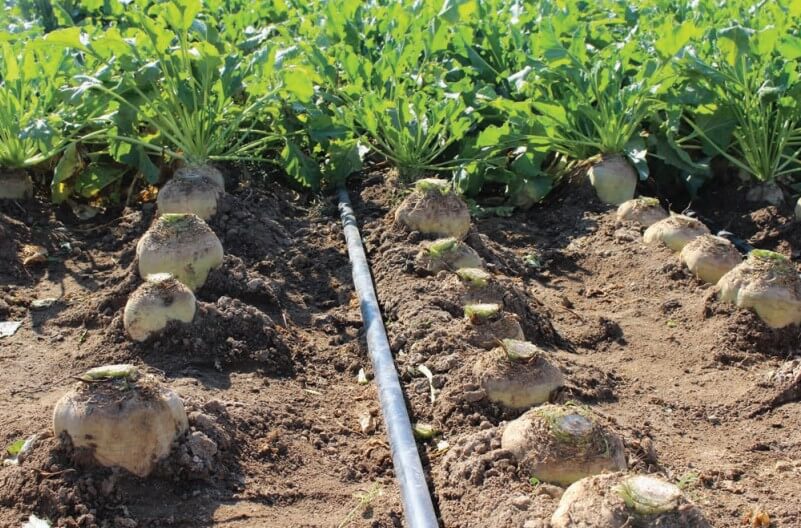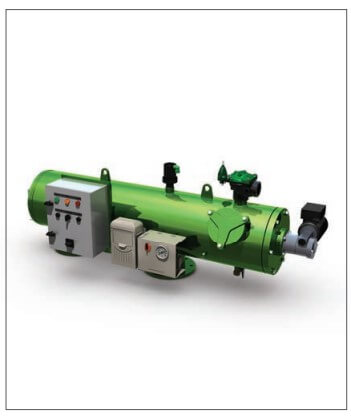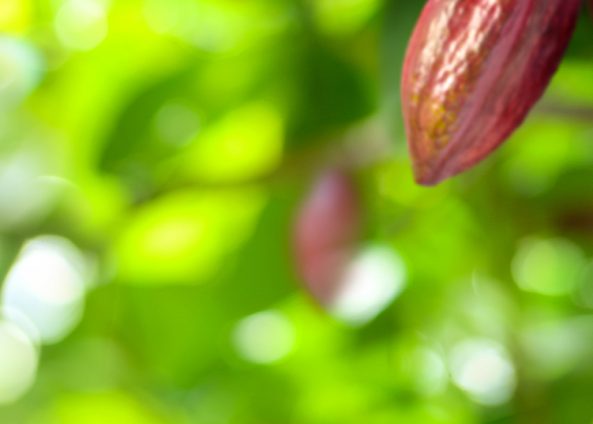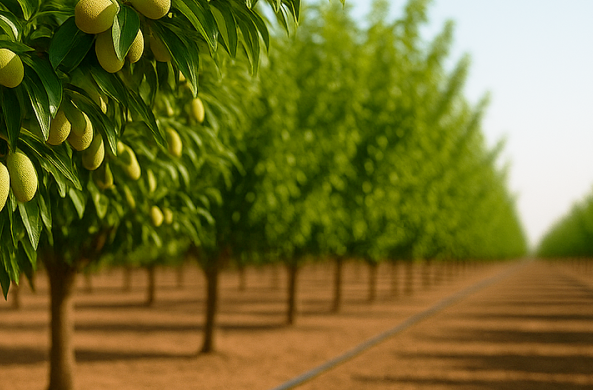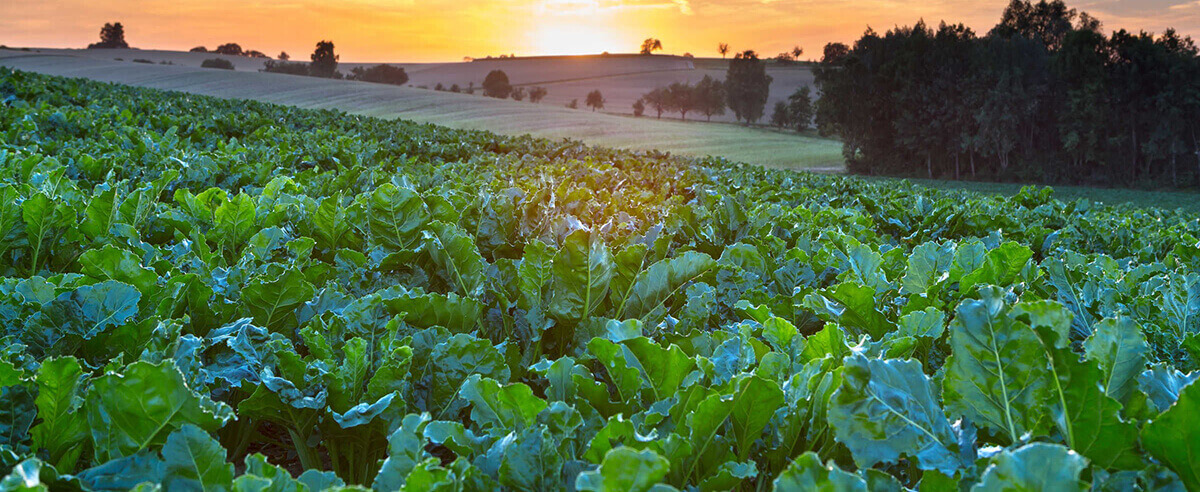
SUGAR BEET – Irrigate with Drip for Crop Certainty
Sugar Beet: All About Certainty
There are many variables that impact the success of your sugar beet crop. With fixed costs remaining relatively constant regardless of the yield, you can increase farm profitability by improving productivity.
Drip irrigation helps provide you certainty of crop production, regardless of climate conditions, providing significant production advantages and leading to increased yield potential.
The Levers of Yield Potential
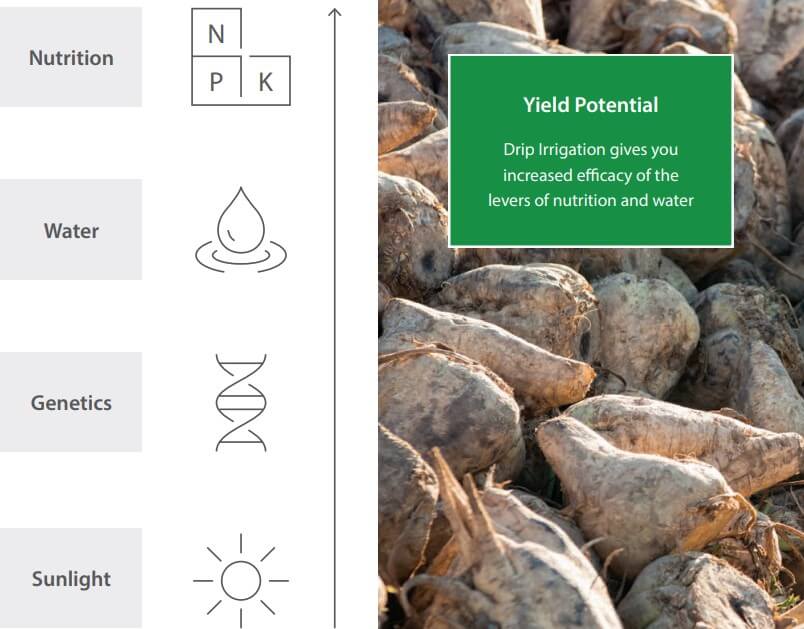
Crop Certainty = More Profitability
Sugar Beet Growers
With drip irrigation, you can maximize your yield tonnage and sugar content through nutrition management directly through the drip irrigation system. In addition, drip irrigation gives you consistent crop yields even in years of drought. For growers, more crop certainty equals more money in your pocket.
Sugar Beet Mills
Mills require high and consistent tonnage each year to remain profitable. The effects of drought can have a huge impact on sugar beet mills. As a result, if there is no irrigation, yields will be low and mill productivity directly impacted. Drip irrigation has a direct benefit to sugar beet mills by providing high tonnage certainty in conjunction with better uniformity and sugar content.
Drip to Meet Water Requirements
Even during years of good rainfall, you are still losing on yield potential by not irrigating.
Without consistent irrigation, you put your sugar beet plants at risk of water stress and reduced plant growth and yield.
Use drip irrigation to reduce plant water stress for improved plant growth and yield potential.
The graph below shows average precipitation compared to PET (potential evapotranspiration).
The variance is greatest during the driest period of the year (highlighted in grey) and can lead to permanent yield loss. The yield lost in this period cannot be recovered at a later date.
Case Study: Drought In Russia & Sugar Beet Yields
Russia is the largest sugar beet producer (by hectares) globally. However, irrigation is not common and farmers are completely dependent on rainfall.
Yields fluctuate and are heavily impacted by rainfall. As shown in the graph below, the yield in 2010/11 dropped by 42% compared to the year before. This is primarily the result of the drought experienced that year.
Not having irrigation makes your crop vulnerable to these fluctuations.
Drip irrigation provides you with increased assurance of a quality crop regardless of rainfall.
Case Study: Drought In Russia & Sugar Beet Yields
Beet yields in the Russian Federation, 2000/01 – 2010/11
Drip to Minimize Pest & Disease Risk
Drip irrigation provides more benefits than just yield. It can also minimize pest and disease risk.
For example, overhead irrigation (pivots and sprinklers) increases risk of leaf disease. Drip irrigation keeps the leaves dry. There is also potential to chemigate directly through the drip irrigation system (dependent on local regulations).
Stages of growth and minimizing risk with drip irrigation
Rivulis T-Tape Sugar Beet
A drip tape solution that is ideal for sugar beet.
Case Study: Turkey Drip vs Sprinkler Yield
All irrigation methods will benefit your crop. However, drip irrigation is the clear winner compared to other forms of irrigation.
As shown in the table below, drip irrigation continually delivers greater yield, and therefore greater revenue compared to irrigation using overhead sprinklers.
Typical System Configuration
Pump Station
- Pump.
- Primary filter.
- Automation (if required) & fertigation.
Filters & Valves
- Primary filtration and valves.
- Generally housed in the pump shed.
- Provide filtration and control for the entire system.
- Secondary filtration and valves.
- Located in-field.
- Valves control individual / sets of blocks.
More about Rivulis Filters
More about Rivulis Air Valves
Main Lines & Sub Mains
- Main lines take water to your blocks and sub-mains to the laterals (i.e. the drip line).
- New main lines are generally PVC and buried underground.
- Sub-mains are generally either PVC or poly, buried underground or lay flat above ground.
- Remember to install Rivulis combination air valves throughout.
Drip Lines
- Rivulis T-Tape, Ro-Drip, D1000, and Eurodrip Eolos Compact or Eolos
- Diameter, wall thickness, spacing and flow rate will depend on your soil, crop, topography and water quality. We can help you choose a drip line / drip tape configuration suited for your crop conditions
Typical Drip Line Configuration
- Drip line is installed every second row.
- Typically 40 – 60 cm apart.
- Dripper spacing is dependent on soil. Generally 20 – 30 cm dripper spacing is recommended.
- Longer runs can be achieved with Rivulis drip lines with 22 mm diameter.
- With four designer centers dispersed globally, the Rivulis design team uses specialist software and skills to determine the peak demand of your crop to design an irrigation system to suit your unique needs.
Complete Turnkey Solutions
Balancing between your unique needs, Rivulis provides the right solution with a full range of expertise to deliver complete turnkey projects across customers and geographies.
“Using Eurodrip Eolos drip irrigation, I achieved 15% higher yields, irrigated 2.5 times more area with the same amount of water, and saved 65% in energy costs compared to sprinkler irrigation.”
Mehmet Bakim, 300 ha sugar beet grower, Turkey


